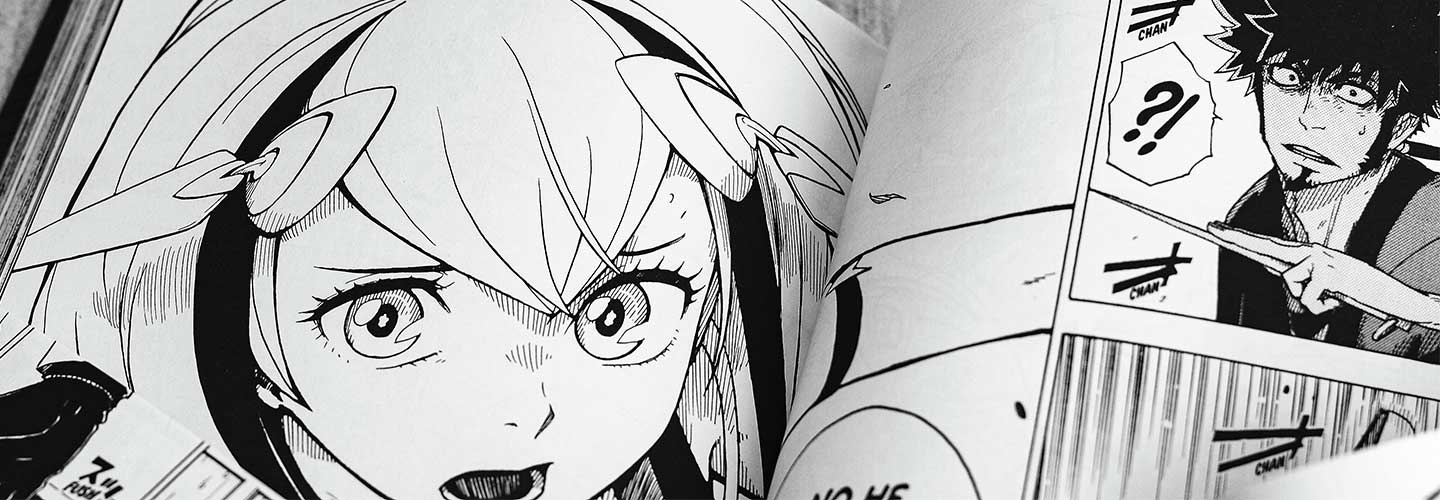You have probably come across manga–and it’s probably caught your eye! Manga is a term that comes from the Japanese words for “whimsical” and “pictures.” It is a form of visual storytelling, including comics and graphic novels. Manga is a central element of Japanese media and culture that has recently taken the world by storm. But it may surprise you to learn that manga first became popular in the late 18th century (and may be even older–its roots can be traced back to 13th-century scrolls)!
Scholars and amateurs alike have dedicated countless hours to the study of this cultural phenomenon, which has clear visual characteristics. Read on to learn how to identify manga and where fans go to learn more.

